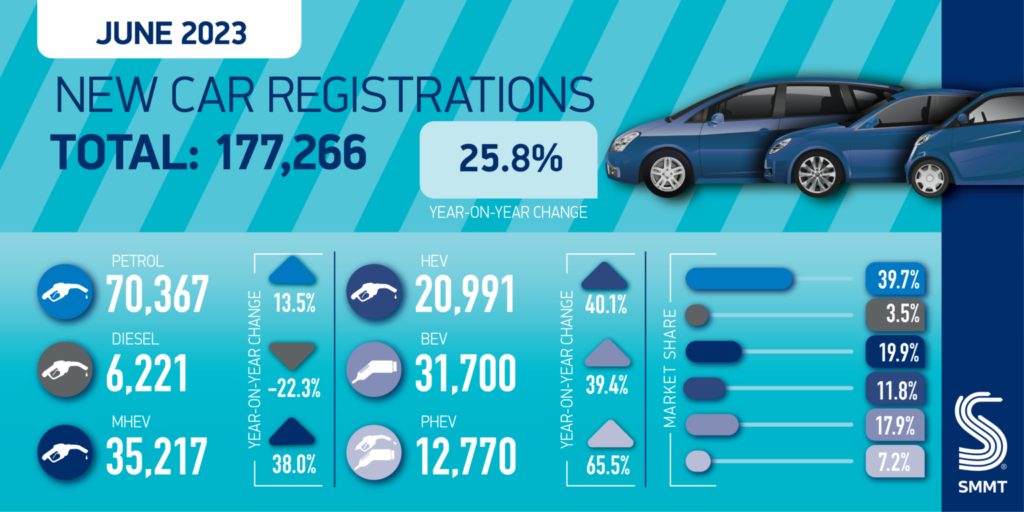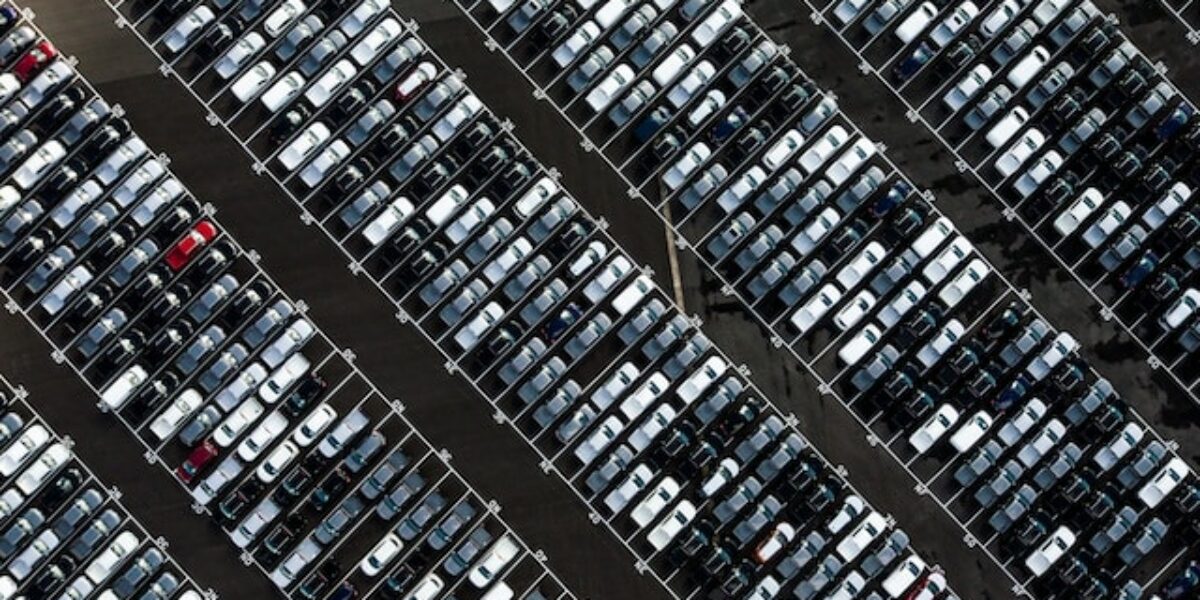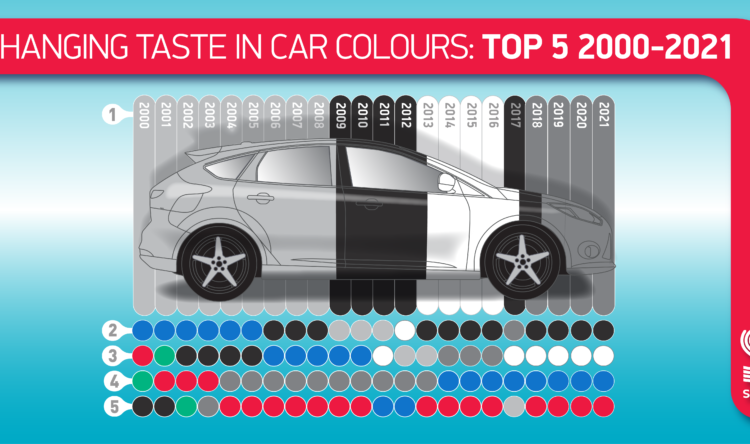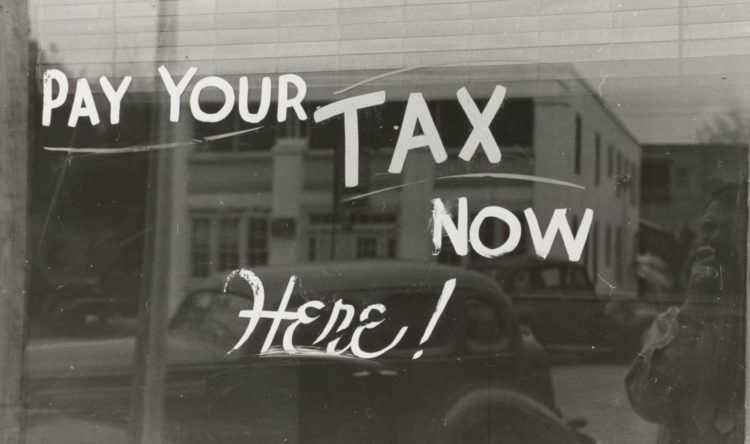Vehicle demand in the UK
Sales of new cars rising post pandemic but still below established norms
The pandemic, lockdowns, lack of parts supply from China, semi-conductor shortages – these have all acted as a handbrake on new car sales.
Slowdown have had a huge negative effect on the UK’s motor manufacturing and sales industry. Add to this Brexit, the Ukraine war and not to mention the self inflicted car crash of economic policies in recent times, and it all paints a grim picture.
However, recent official data and figures from The Society of Motor Manufacturers and Traders have seen some improvements.
As we near the mid-way point of 2023, it’s interesting to reflect on what has been a rather interesting period for the UK’s new car market.
Going going gone
The latest SMMT figures show Britain’s new car sales jumped 25.8% year-on-year in June. Solid demand for electric vehicles (EV) from businesses and fleet buyers, have had a big effect .
New car sales rose to 177,266 units last month, the 11th consecutive month of growth, though volumes remained below pre-pandemic levels.
As battery electric vehicle (BEV) registrations grew 39.4% in the same period, SMMT also called for a cut in value added tax (VAT) on public charging to drive up EV adoption.
“This is unfair and risks delaying greater uptake, so cutting VAT on public EV charging will help make owning an EV fairer and attractive to more people,” CEO Mike Hawes said in a statement.

Meanwhile, close to a million new cars joined UK roads in the first six months of 2023 with total registrations up 18.4%, and BEV uptake was at a record 152,968 deliveries so far this year, the industry body said.
For June, deliveries of petrol cars, which continue to represent the majority of registrations, increased 13.5%, while diesel registrations were down 22.3%.
Tesla’s Model Y and Ford’s Puma were the most popular cars among Britons for the month, the data showed.
Improving picture
While growth is certainly positive, benchmarking against 2022 could prove rather problematic, considering 2022 saw the lowest number of car registrations (1.61 million) since 1992.
Of course, the continuation of remote and hybrid-working, the remnants of the financial implications caused by the pandemic, the cost of living crisis, and concerns regarding vehicle emissions, all owed to what was a rather bleak 12 months in the UK’s new car market. But, the growth above, coupled with an overall predicted growth worth £8.4 billion for this year is certainly a positive drive forward.
While electric vehicles (EVs) are certainly proving more attractive to the average motorist, their price tags are not. With the cost of living crisis biting hard and with little relief in sight, many buyers are going back to fossil fuelled versions, not to mention the second hand market to save money.
Mixed bag
So what cars are people looking for? In a bid to find out, First Vehicle Leasing have delved into first-party data looking at the most commonly searched vehicles on their site.
While there’s definitely some you’d expect to be in demand, we’re fairly confident you’ll be surprised by the odd inclusion.
As you will see from the list below, it’s mainly petrol vehicles that are generating interest. Family SUVs are still performing particularly well. Good value propositions like the Nissan Qashqai and the Hyundai Tucson stand out, as they often have in recent years.
An interesting feature, however, is that of the Golf Diesel. With diesel prices coming down in many areas across the UK, in line with that of petrol, this may have sparked more interest despite environmental concerns. They are capable of delivering a significantly better mileage return than that of its petrol counterpart and often lower maintenance costs.
One thing worth noting is that the Golf Diesel was on a special offer throughout the past couple of months. It suggests that people will still consider diesel if the price is right.
Plugging into reality
Finally, it should come as little surprise that two electric vehicles featured in the Top 12. Given the overall reduction in the average cost of the cars in recent times, they have become more accessible option to the masses. However, the abandonment of government grant and scrappage schemes to encourage the ‘greener’ choice, their relative high cost and the household economic hardships have certainly stunted the growth of sales in EVs.
Many recent studies have revealed that households are being forced to cut back on purchases. It has been well documented that they are even failing to maintain and service the cars they have to usual levels of care. Even more worrying has been recent reports that many motorists are avoiding the annual MoT and the safety check it represents.
As the economy begins to settle and acclimatise to recent events, then the pressures on car ownership and sales will reduce too.
Driving lessons and driving test waiting times is historically high. However, in part, this shows that the option of personal transport access provided by the car and driving remains high, even with young people.
The future is undoubtedly electric, however we are going through a temporary hiccup in affordability and supply. Demand remains, though in more reserved ways. The rise in popularity of fossil fuelled vehicles, new and second hand, is a short-term economic reality rather than a long-term aspiration.
Real demand for new models
1) Vauxhall Corsa 1.2 Design 5 Door Hatchback Petrol
2) Volkswagen Tiguan 1.5TSi 150 R-Line Petrol 5 Door SUV
3) Volkswagen Golf Hatchback GT-TDI 200Ps 5 Door Hatchback
4) Vauxhall Astra 1.2 Turbo 130 GS 5 Door Hatchback
5) MG Motor MG4 125kw SE 5 Door EV Hatchback
6) Fiat 500 1.0 Mild-Hybrid Dolce Vita 3 Door Hatchback
7) Nissan Qashqai 1.3 Dig-T MH Acenta Premium 5 Door SUV
8) Tesla Model Y RWD 5 Door SUV EV
9) Volkswagen Golf 1.5TSi 150 Life 5 Door Hatchback Petrol
10) Hyundai Tucson 1.6GDI Premium 5 Dr SUV Petrol
11) Tesla Model Y Long Range AWD SUV EV
12) Volkswagen Polo 1.0TSi Life 5 Dr Hatchback Petrol







